“Sorry I’m late!” exclaims Christina Lonsdale as she emerges from the geodesic dome she’s set up in the Whitney Museum’s lobby. “I just had to spend a little extra time with her,” Lonsdale explains, gesturing to the Comme des Garçons-clad Iris Apfel doppelganger who peeks out from the dome behind her. “Look,” Lonsdale says, showing me the portrait she just made of the avant-garde octogenarian. The woman’s chic Japanese tunic is not the picture’s focal point; nor are her arty, angular frames or silver pixie crop. It’s the glowing haze of yellow, green, blue, and, fittingly, iris cloaking her body that makes the picture so special. We’re not looking at her Kawakubo, we’re looking at her aura.
Lonsdale is perhaps better known as Radiant Human, her visual art practice’s Basquiat-esque moniker. She travels across America making technicolor aura portraits — of stylish senior citizens, Zosia Mamet’s wedding guests, curious children, and Alexander Wang. Lonsdale’s studio, that golf ball-esque tent, is portable, so she takes it anywhere and everywhere. For the past 10 days, she’s set up shop in the Whitney’s lobby for a residency running in conjunction with Dreamlands, the museum’s survey of immersive artworks. Before making pictures of art-lovers in the Meatpacking District, she was in San Diego capturing The Sherman Boys, one of the city’s oldest gangs. In October, she celebrated making her 15,000th portrait.
Subjects enter Lonsdale’s dome and put their hands on a pair of silver platelets — sensors that serve as conduits to measure the electromagnetic waves all humans naturally radiate. The vibrational fields that surround our bodies are the auras Lonsdale photographs. Her unique camera collides two kinds of images: the first is a standard peel-away Polaroid. The second, transposed on top of this traditional portrait, uses an algorithm to assign colors to the waves detected by the silvers sensors. A person’s energy field naturally fluctuates, so these colors can change with each new sitting. To Lonsdale, every hand that touches the platelets is equally enigmatic, and endlessly interesting.
I spoke with Lonsdale about my own aura, her experiences capturing a different side of gang members, and what drives her journey to discover the unknown.
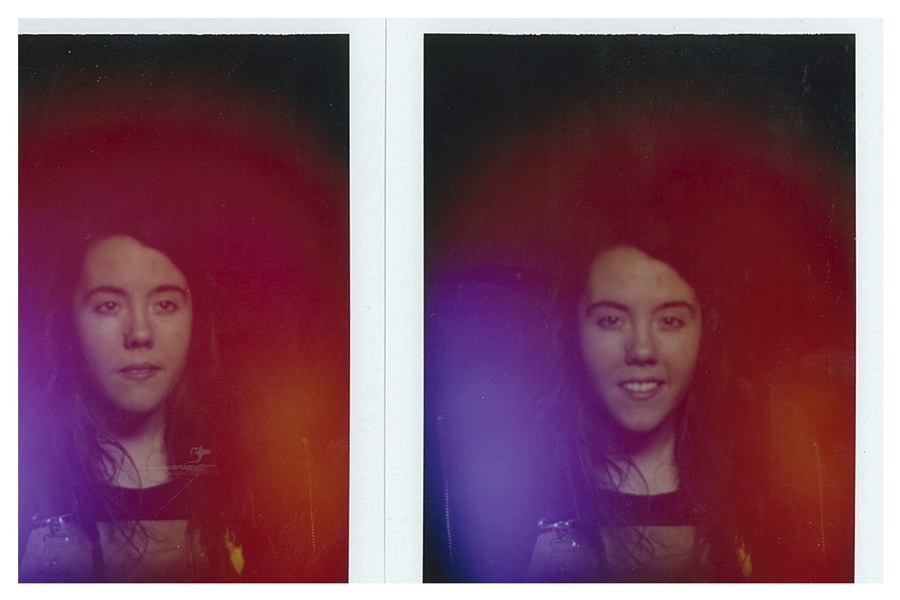
I wasn’t expecting so much red!
Red is my favorite color to talk about because it’s the most misunderstood color. This is really cool, look at this: everything above your head stands for your state of mind. This is your consciousness, right here. Do you see how it’s a little bit low? This tells me you could be low on energy, guarded, or introverted. It’s literally keeping your energetic bubble close to you. This is basically how you manage your energy — wanting to observe a situation closely before investing your energy into it.
I think that’s fair.
Your interior is purple, and purple is connected to your third eye. It’s all about how you see the world. It’s about perspectives, concepts, belief systems. Originally it was a very expensive dye to produce because of supply and demand; because it was so hard to get your hands on, it was connected to magic, the subconscious, dreams. It’s all about inspiration. This is what makes it very difficult for you to have a normal job, because this is all about connecting to what inspires you. You can’t clock in and clock out — it’s draining to do that. This is the seamlessness between not only what you’re doing and where you live, but what you’re doing with your life.
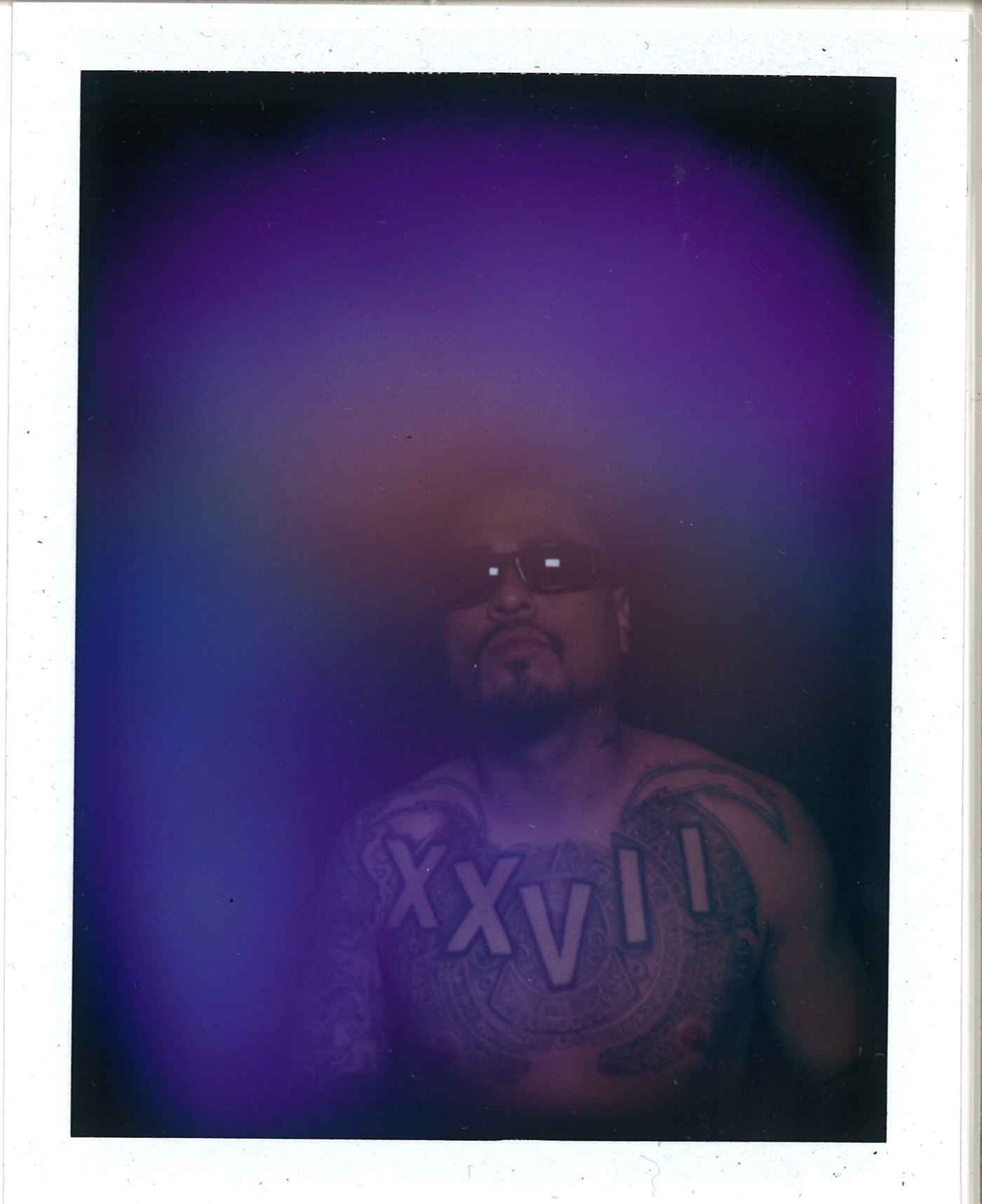
Woah, that’s really apt.
Keep in mind that this is you when you’re working, too. This is energy and energy always changes. This is you in this capacity, and it could be completely different in another. Your exterior is orange which means you’re able to read a room, read a personality, and adjust accordingly. It’s very adaptable. You can wear many hats for many people. This tells me that you’re really good about being able to navigate different personalities and different personality types.
How this camera works is amazing.
I always make it clear when I’m working with people that I’m not a healer, I’m not a psychic, I’m an artist. This is about exploring perception: how we perceive ourselves, how we perceive others, and how we perceive color and energy — being able to explore the ambiguity of what that is, the subjectivity of it, and how we identify with that gray space. It’s unlimited.
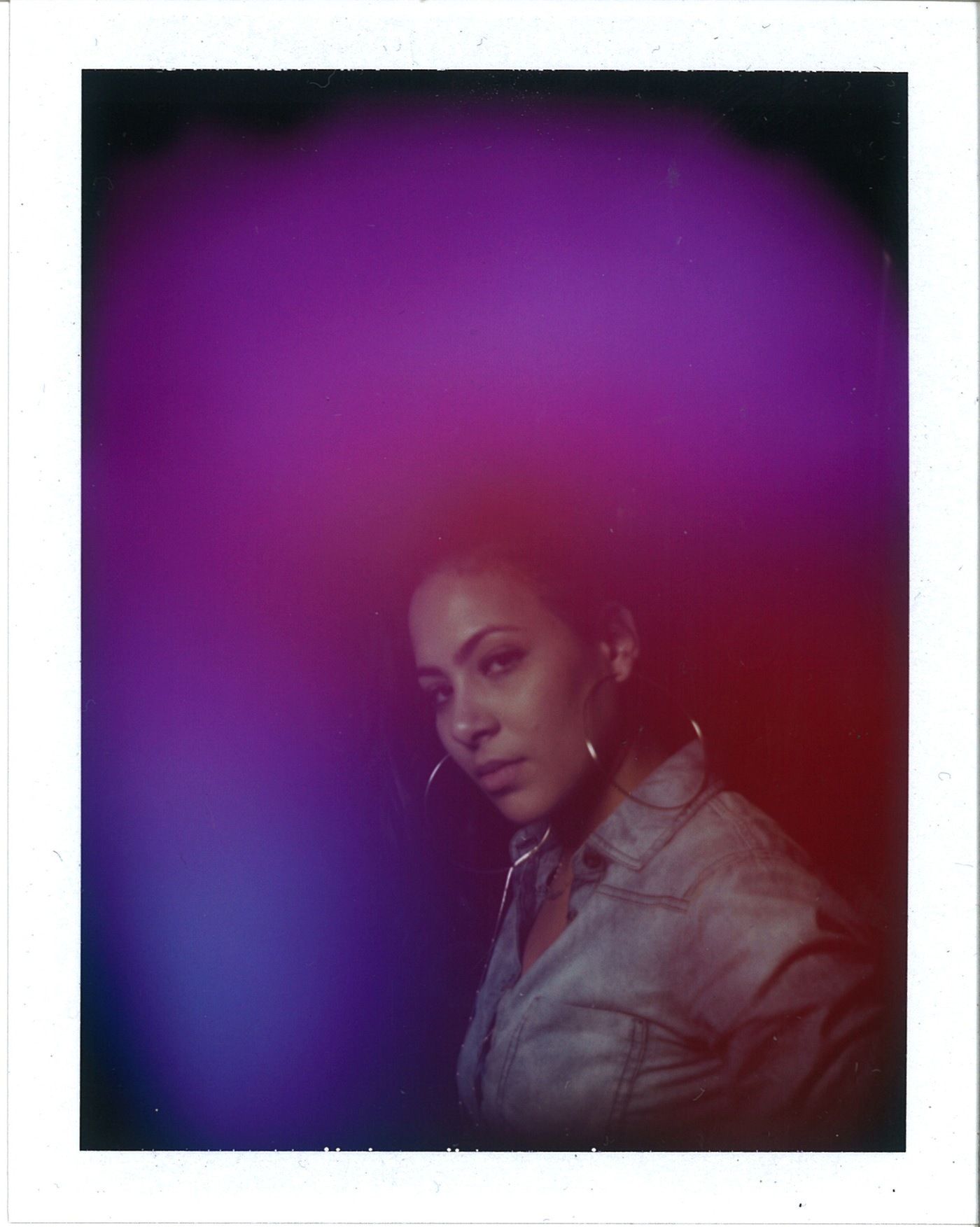
I know both of your parents have interesting backgrounds. Can you tell me a bit more about them, and how you started working in this way?
If you told me that I was going to be doing this as a teenager, I would’ve told you to get the fuck out of here.
What were you like then?
I was what you would call feral. I was in New Mexico in the middle of Sagebrush, in a hippie commune that my dad started in the 1960s. He started this commune, like a lot of kids did in the 60s, wanting to disconnect from what was going on with the Vietnam War. It was really disheartening and disenchanting for them, and they wanted to create their own world, essentially. I was born into that world. My parents met because of a goat named Foxy Lady. My mom was hitchhiking with her, and realized that it wasn’t efficient to hitchhike with a goat. She was trying to sell it to the guy who was driving and he said, “Nope, don’t want the goat but I know a place that might,” and he took her to my dad’s commune. My mom tried to sell my dad the goat; he said no, but he thought Foxy’s friend was cute and so they ended up hanging out there for a while. My mom has always been an artist; she paints auras and spirits that she interacts with in her meditations. My sister is a professional photographer. My dad used to be a psychologist, and he would counsel veterans. Exploring the unknown is obviously a big part of me, too.

What was growing up there like?
There’s nothing I can compare it to since I don’t know what the other option is. It was pretty trippy to be out in the middle of nowhere and not have any point of reference; I was definitely in my own world. I think that’s really helpful, as far as being an artist is concerned, because it set me up to feel like an outsider from the beginning. I feel like a lot of artists can identify with that feeling, because that’s how you get your perspective. I started this two years ago, and I’ve been traveling ever since. The longest I’ve been in one place is three weeks.
How does traveling impact your practice?
It’s a big part of this project. The traveling aspect is something I hold close to my heart, because when you’re able to travel, you gain different perspectives. I’ve noticed that when I go to different cities, I tend to get different colors. I get your color [combination] a lot in L.A. and New York, both creative industries. I call this [color] the creative hustler, because this is the manifestation of a concept. It’s about making your dreams real. Red is linked to birth — the pressure of making something real.
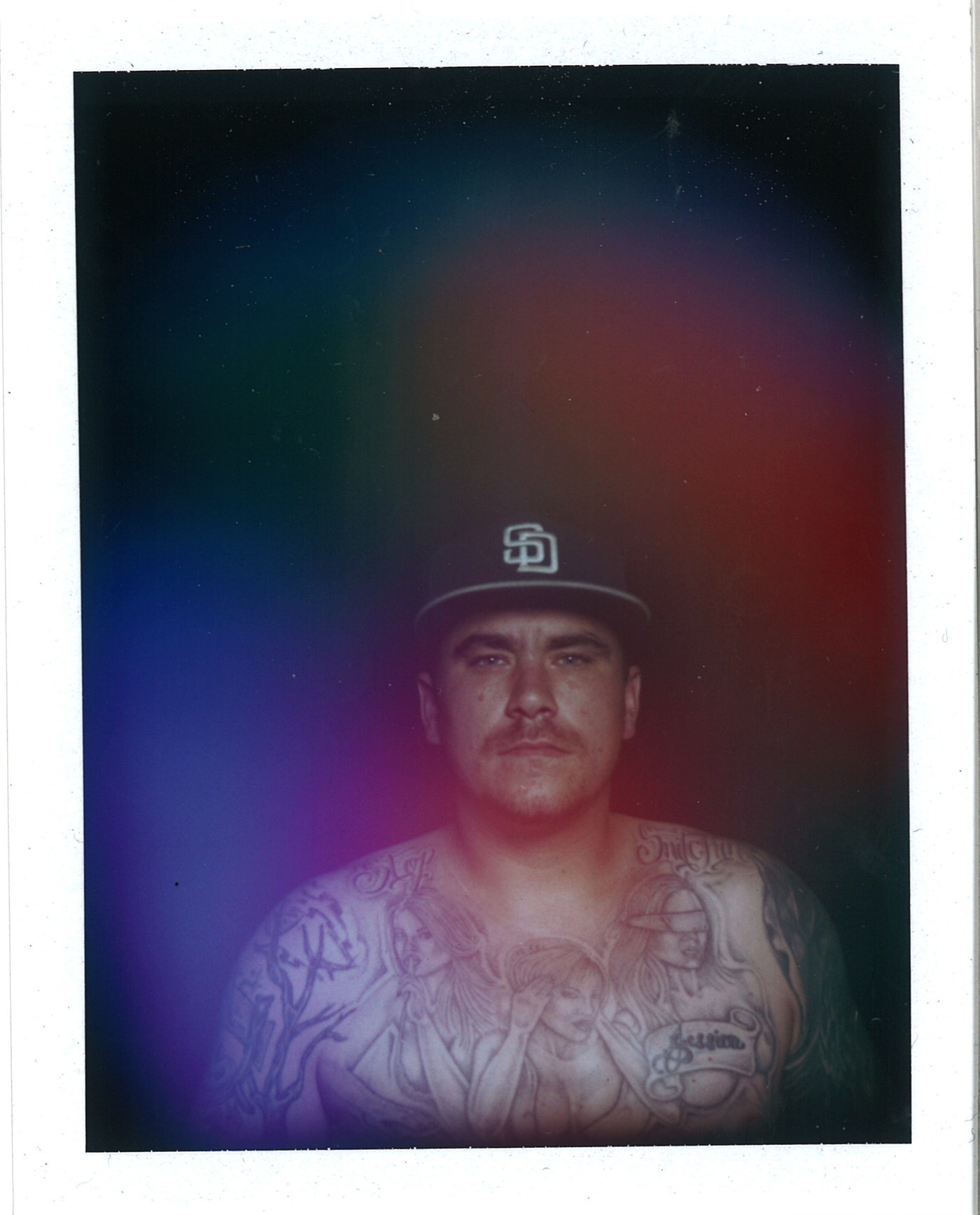
Let’s talk about your portraits of the Sherman Boys. What motivated you to make them?
I photographed a band called Prayers when they were touring in Portland, and we ended up hitting it off. [Rafael Reyes, Prayers co-founder] is a gang member. I’m really into being able to photograph subcultures because I’m really interested how we perceive these archetypes, these groups. Most people have a preconception of what a gang member would be, and I really wanted to photograph what that would look like in front of my camera. I asked Rafael, “Would your boys be open to this?” He was like, “Absolutely, I’ll make it happen.” Moving this dome is a consistent experience no matter where I am. You walk in, and you’re in void space that’s consistent whether I’m in a barrio or the Whitney. [With the Sherman Boys] I came in kind of guarded because I didn’t know what to expect, and these guys were very gentle and hospitable to me, so sweet and so curious. One of them posted on their Instagram, “Once in a lifetime opportunity.” One of their girlfriends even wrote me a letter and sent me a candle, saying, “Nothing like this has ever happened in our community, thank you so much for being here.” I have to once again thank Rafael for having me there, because that was huge. Breaking into a community like that is really impossible, so when you see those images, you’ll see the richness that’s there. You’ll see the human quality of this process. I really wanted to humanize an archetype — it’s not just what you think. This is a brother, this is a father, an artist.
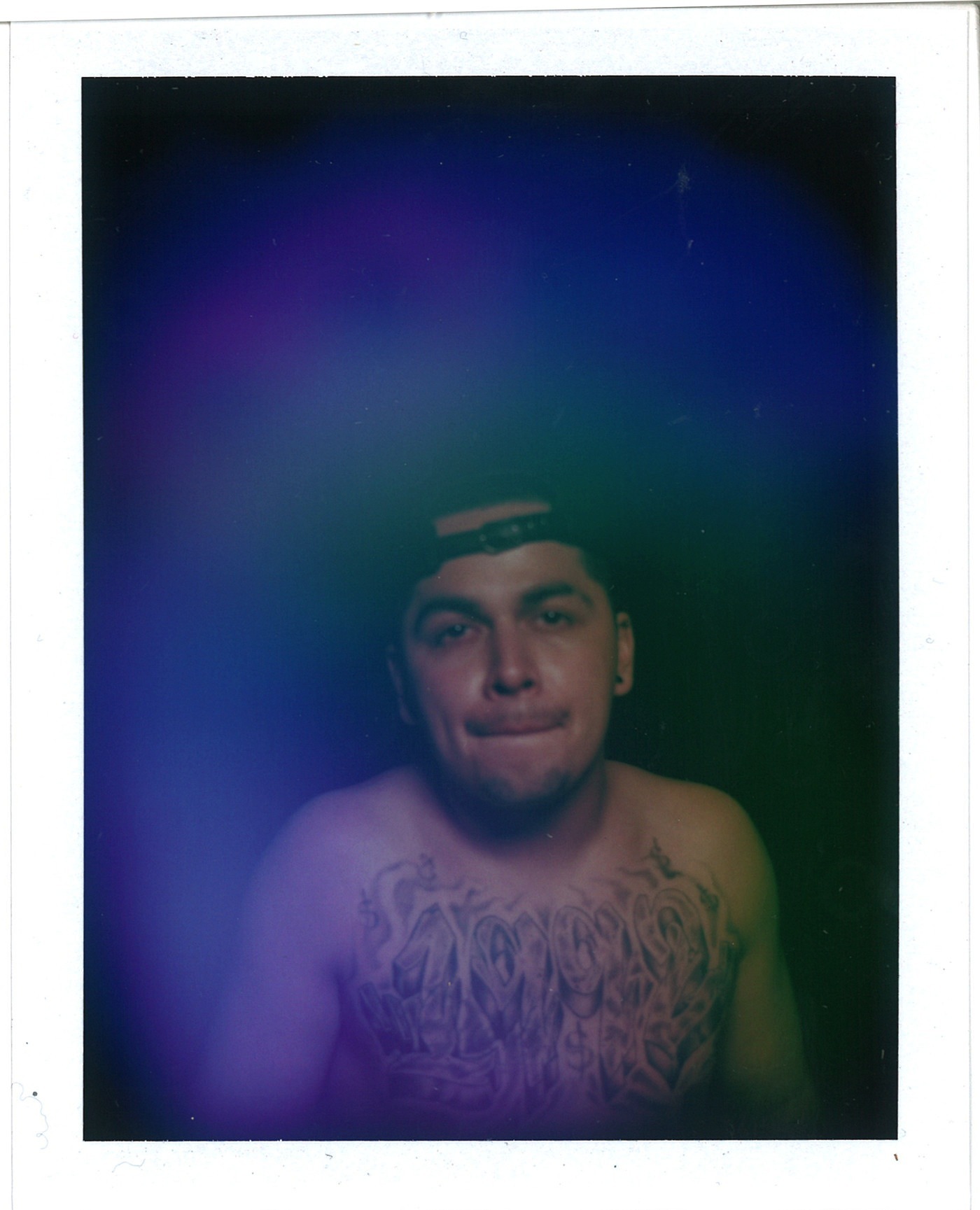
Regardless of how endlessly fascinating the science behind these images is, they’re also just beautiful images.
That’s really what I want to offer too — an accessible, leveled playing field. If people just want a cool photo, they can have a cool photo. I’m not trying to pressure anybody. It’s more for exploring. The reason this dome looks like a spaceship is because I wanted to adopt the spirit of space exploration — coming out of it with more, not just a predetermined expectation. Just like we’re discovering more about Mars’s atmosphere, this is about discovering our atmosphere, about being able to embrace the unknown.
Credits
Text Emily Manning
Photography Radiant Human
